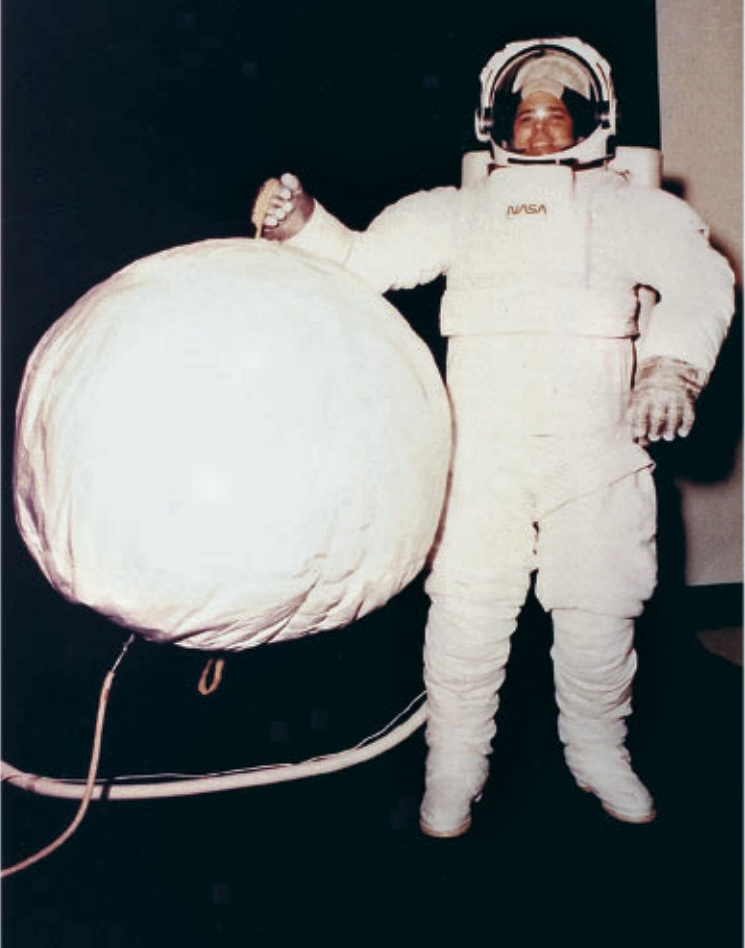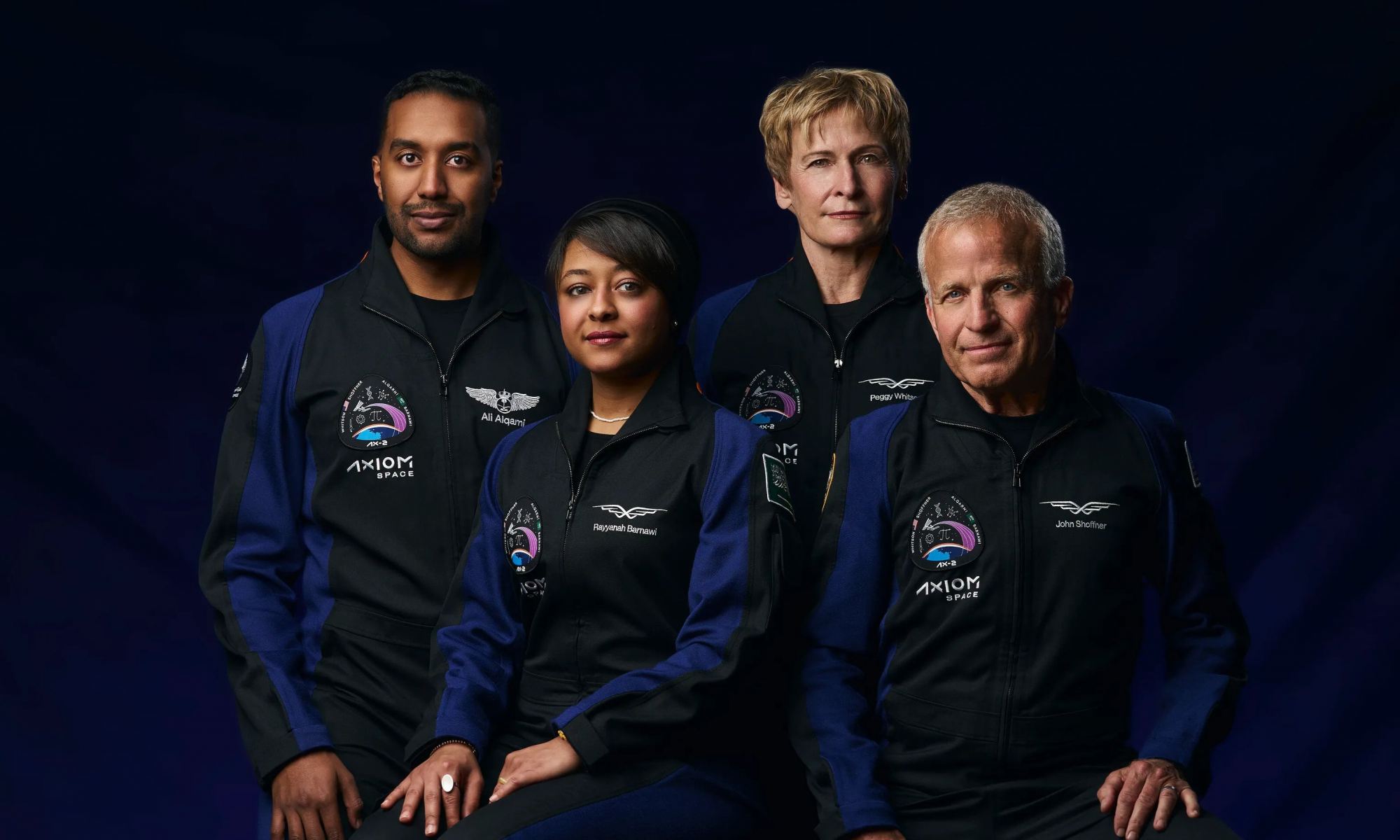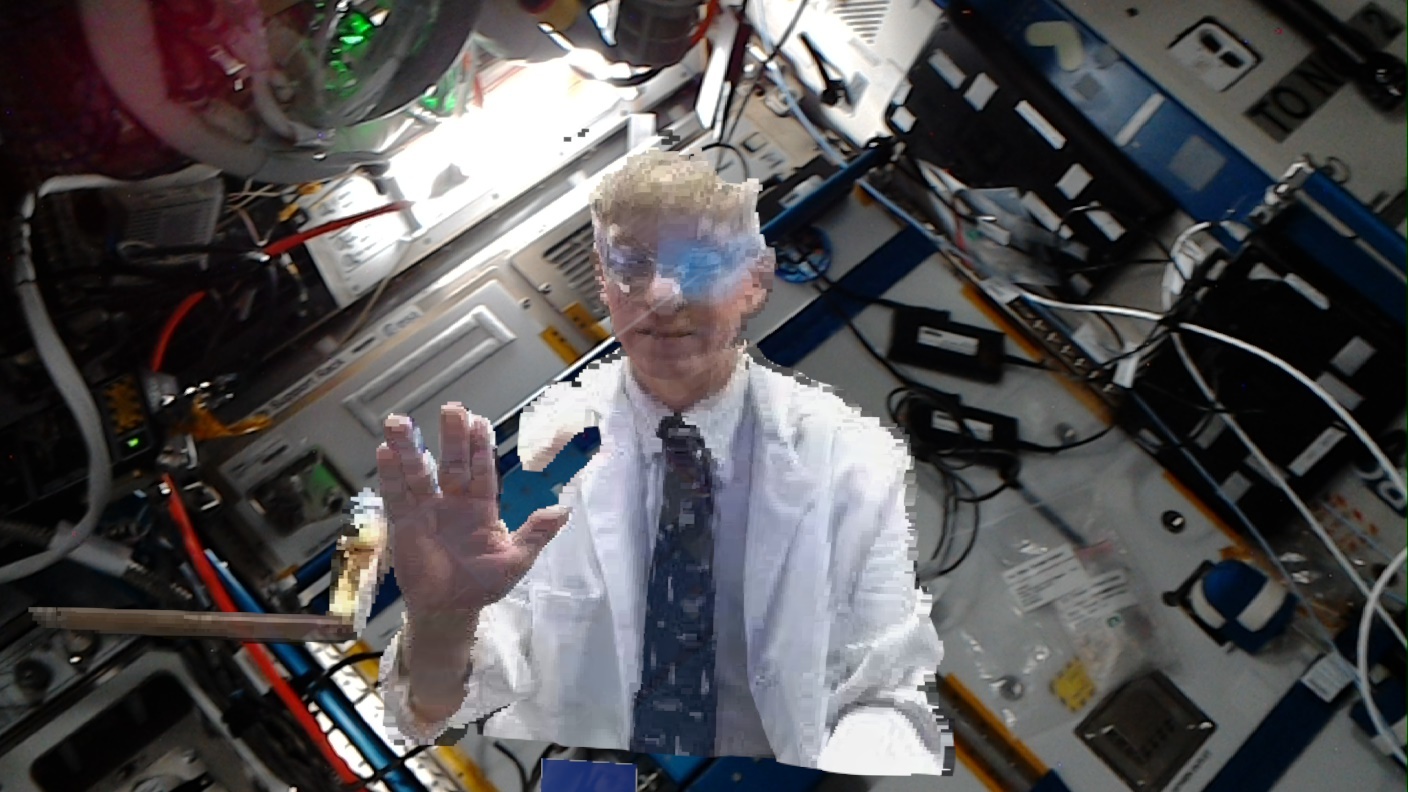The Boeing Starliner module has been plagued with issues despite what seemed to be the dawning of a new commercial space giant. The module detached from the International Space Station on 7 September but without its crew! Butch Wilmore and Suni Williams journeyed to the ISS in June this year in what was supposed to be a mission lasting just a week. They are still there! Just a few days ago, their module returned under remote control while they stay in orbit until February!
Continue reading “Starliner Comes Home Empty”Starliner Comes Home Empty










